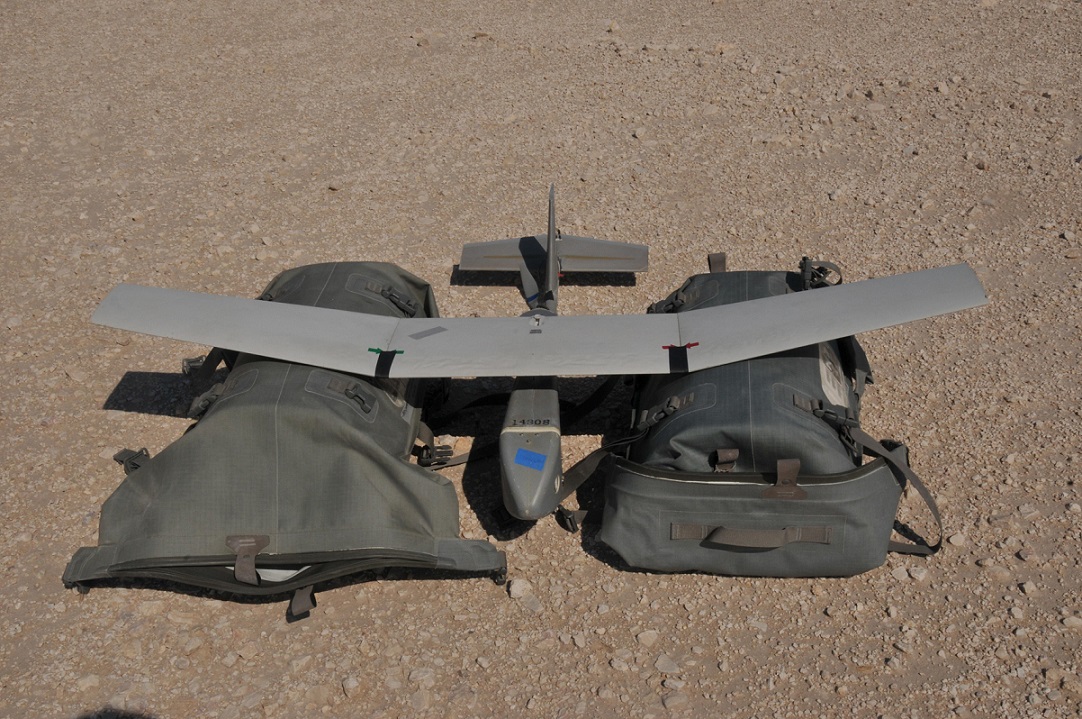This post is also available in:
 עברית (Hebrew)
עברית (Hebrew)
The next battlefield will rely on unmanned systems like never before. Advanced autonomy architecture and software packages can enable unmanned aerial systems to provide soldiers with an unmanned system that can fit in a backpack and serve as eyes and ears in areas too dangerous for troops to physically enter, such as suspicious buildings or a turn in the road ahead.
Global spending on unmanned aerial vehicles is poised for a major expansion in the coming decade as militaries invest an estimated $98 billion in new capabilities. One factor driving the market are improvements in UAS software that can enable new capabilities, most notably autonomous navigation.
The common goal is to enable soldiers to proceed with greater certainty and capability in ever-changing operational environments. The new generation of small UAS needs to be able to fly independently and plan an obstacle-free route in real-time without any prior knowledge of the environment. And they should be capable of closed-loop and fully autonomous flight, but until now that goal has been out of reach for many small UAS.
One of the companies working with the US Department of Defense is Draper. Under a three-year contract the company focuses on the most challenging aspects of autonomous navigation.
In a series of recent demonstrations, a team from Draper and the DoD customer tackled technical issues related to reducing collisions, enhancing onboard intelligence and developing new robust navigation methods.
The demonstration showed that a small handheld UAS could navigate narrow interiors in urban and indoor GPS-denied environments, create 3D maps of these environments, identify and avoid objects and return autonomously to the base.
The company’s approach uses highly-optimized autonomy software capable of running on a cellphone-size embedded processor while using a single camera as the main sensor, thus maintaining an overall low size, weight and power.
Another requirement for the next generation of military drones is to reduce the cognitive load of the operator. With a fully autonomous UAV, the operator can focus on higher value tasks, such as intelligence, surveillance and reconnaissance. Toward that end, Draper has designed a user interface to provide a soldier with up-to-date information about the environment and the type of objects of interest observed during the UAS flight, as well as information about the UAS operational status.
The company has integrated onboard artificial intelligence (AI) solutions for inferring depth distance for each pixel in an image and enabling operations in more complex environments, according to suasnews.com.
Undoubtedly, the autonomous battlefield is already here and military forces must prepare for it.


























